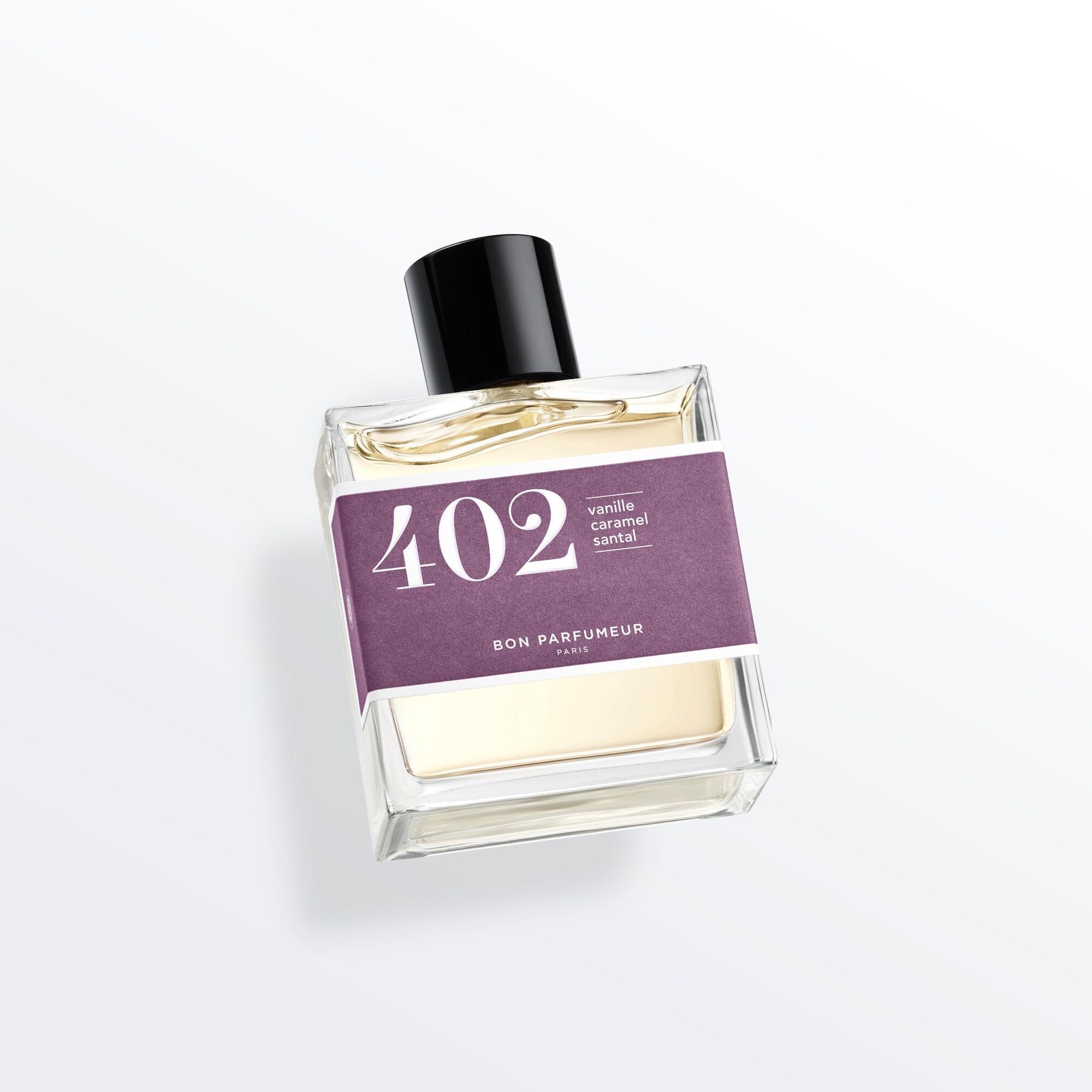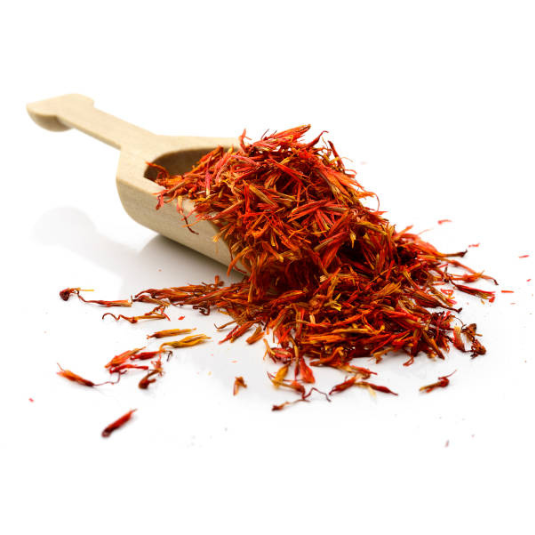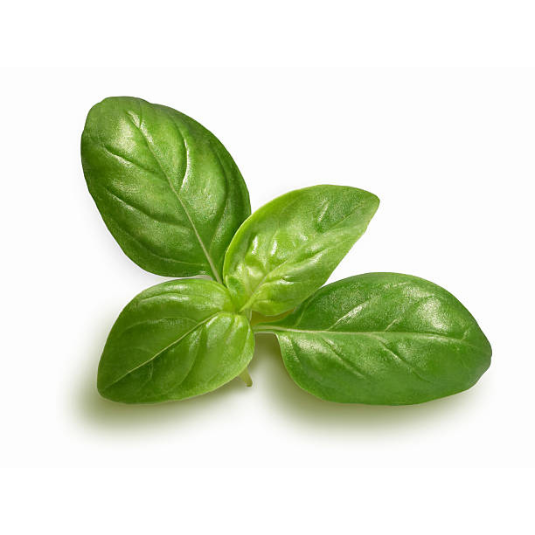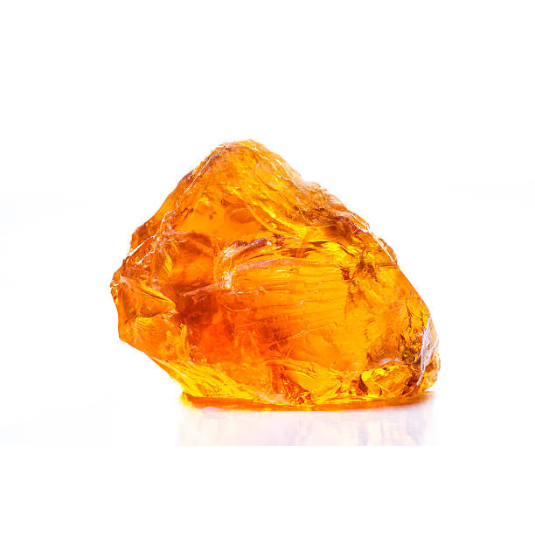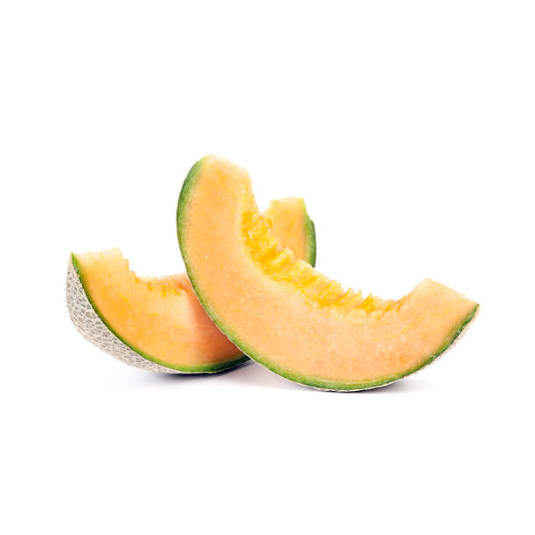What does sandalwood mean?
Sandalwood, scientifically known as Santalum, belongs to the Santalaceae botanical family. The name "sandalwood" has its roots in the Sanskrit word "chandana", meaning "pleasing to the senses". This etymology perfectly reflects the essence of sandalwood, which has long been celebrated for its captivating, pleasing smell. Sandalwood's olfactory appeal has made it a highly prized ingredient in perfumery, where its intoxicating scent adds depth and sophistication to countless creations.
In the beginning...
Throughout history, sandalwood has occupied a special place associated with divinity and sanctity. Ancient texts and scriptures from various cultures often refer to sandalwood as "the wood of the gods". Its olfactory qualities, spiritual significance and therapeutic properties have made it a sacred and revered ingredient. The use of sandalwood in religious rituals, meditation practices and cultural ceremonies testifies to the esteem in which it has been held throughout the ages. The history of sandalwood is intimately linked to its deep connection with spirituality and its ability to create a serene, sacred atmosphere.
Moreover, its earliest origins lie in India, with the Mysore and Karnataka regions renowned for producing some of the world's finest Indian sandalwood. From its roots in India, sandalwood's popularity spread to other regions through trade and colonization. The unique climatic conditions and fertile soils of countries such as Australia, Indonesia, Sri Lanka, and the Pacific Islands have proved ideal for the cultivation of sandalwood, including the Australian sandalwood variety. Each region brings its own species and characteristics to the diverse world of sandalwood, enriching the global supply of this precious wood.
Sandalwood cultivation
Today, the main sandalwood-producing regions are India, Australia and Indonesia. These regions are renowned for their expertise in sandalwood cultivation, and make a significant contribution to global supply. However, sandalwood is also produced in other countries such as Sri Lanka, in Pacific island countries like Fiji, Vanuatu and New Caledonia, as well as in Malaysia and parts of Africa, notably Tanzania and Kenya. Each region has its own characteristic sandalwood species, resulting in subtle variations in aroma profiles and overall quality.
In terms of cultivation, sandalwood planting begins with the careful selection of high-quality seedlings or seeds. Often, the plants are raised in nurseries before being transplanted to the plantation. Planting is usually carried out at the start of the rainy season, providing favorable conditions for the establishment and growth of young sandalwood trees.
The development of sandalwood trees is a patient and meticulous process. These trees require several years of care and management before they reach maturity and are ready to be harvested. During this period, various practices such as proper irrigation, pest control and soil management are implemented to ensure the healthy growth of sandalwood trees. It is thanks to this careful care and cultivation that the trees develop their olfactory properties and produce the precious heartwood so dear to the perfume industry.
Finally, harvesting sandalwood is a meticulous process that takes place when the trees reach maturity, generally between 15 and 25 years of age. At this stage, the olfactory compounds are concentrated in the heartwood, which is the most prized part of the tree. Careful logging of the sandalwood tree extracts the precious heartwood. The harvested logs then undergo further processing to release the full potential of the sandalwood.
What do you know about sandalwood in perfumery?
The process of treating and processing sandalwood for perfumery involves several key stages. First, the sandalwood logs are dried for a specific period to reduce moisture and enhance their fragrance. Next, the heartwood is extracted from the logs by steam distillation, where high-pressure steam releases the aromatic compounds, enabling sandalwood essential oil to be produced. This method captures the wood's unique olfactory profile and preserves its therapeutic properties. Finally, the resulting essential oil is used as a precious ingredient in perfume creation, bringing its warm, woody fragrance to fragrant compositions.
As a result, sandalwood's olfactory profile is characterized by a warm, rich, woody fragrance with a distinct creamy-sweet quality. The scent of sandalwood is often described as exotic, sensual and comforting, creating a sense of tranquility and serenity.
Finally, in perfumery, sandalwood is an olfactory match for seductive notes. It blends in a perfect way with floral notes such as rose, ylang-ylang and magnolia, adding a creamy, woody backdrop to the delicate flowers. In amber compositions, it contributes to the seductive allure, harmonizing with spices and resins. Moreover, sandalwood's combination with citrus notes adds a touch of freshness and creates a vibrant accord, while its combination with aromatic herbs evokes a soothing, grounded experience. Sandalwood also enhances gourmand fragrances with its creamy, nutty notes. Sandalwood's versatility enables perfumers to create the best combinations of diverse, captivating scents that leave a lasting impression.
INTERESTING FACT!
Sandalwood is renowned for its many virtues and benefits. It has relaxing, soothing and meditative properties that help reduce stress and anxiety. In addition, it is used to promote concentration, emotional balance and meditation. Sandalwood is also appreciated for its antiseptic and anti-inflammatory properties on the body, which are beneficial to the skin and respiratory tract.
Some popular sandalwood fragrances...
Several renowned perfume brands incorporate the exquisite scent of sandalwood into their fragrance compositions. Noteworthy examples include Maison Louis Marie's No.04 Bois de Balincourt, Serge Lutens' Santal Majuscule and DS & Durga's Radio Bombay.
Here's a selection of fragrances and eaux de parfum that highlight the qualities of sandalwood, testifying to its timeless appeal and versatility:
• Venetian Bergamot by Tom Ford is a captivating eau de parfum designed to be worn by men and women alike. It harmoniously blends the vibrant freshness of bergamot with the subtle warmth of black pepper, evoking the sunny atmosphere of Venice, while embodying sophistication, elegance and timelessness with sandalwood as a base note.
• Parisienne by Yves Saint Laurent is an ultra-feminine eau de parfum, blending a grand woody floral with bewitching notes of vinyl, cranberry and blackberry. The base note reveals a captivating accord of patchouli, vetiver and musk, adding a touch of sensuality and mystery to the whole.
• Santal 33 eau de parfum by Le Labo takes its name from its main ingredient, sandalwood. But it's not just sandalwood. Le Labo Santal 33 features a complex blend of cardamom, iris, violet, ambroxan, cedarwood and leather, creating a rich, sophisticated fragrance that is warm, smoky and slightly spicy.
• Alive by Hugo Boss is an invigorating eau de toilette that embodies energy and vitality. Its notes of apple, vanilla and base notes of sandalwood and cedar create a modern, dynamic fragrance, offering a captivating olfactory experience.
• Vétiver by Maison Guerlain is an emblematic eau de toilette that celebrates the richness and depth of the vetiver note. This classic fragrance combines the elegance of vetiver with woody, earthy accents, creating a timeless, sophisticated scent.
• Tam Dao by Diptyque is the perfect eau de toilette in which sandalwood can be found in the heart and base notes of the fragrance. As the middle note, sandalwood plays a prominent role. It adds depth and complexity to the overall fragrance, complementing the floral and woody notes. Alongside cedar, Brazilian rosewood, spices, amber, and white musk in the base, sandalwood scent contributes to the long-lasting and alluring trail of Tam Dao eau de toilette.
UNUSUAL FACT! In the 19th century, sandalwood imports to Europe were so scarce and expensive that perfumers used decorative sandalwood sticks to give the illusion of using it in their compositions. In reality, these sticks were made from scented wax, carved and painted to resemble genuine sandalwood.
Sandalwood X Bon Parfumeur
The brand Bon Parfumeur offers a range of clean, unisex sandalwood perfumes with unique olfactory accords, providing the best of both affordability and quality. Our best sandalwood perfumes embody the captivating essence of this precious ingredient, designed to delight both men and women. Here are some of our top recommendations that beautifully showcase the rich and aromatic qualities of sandalwood:

• Eau de parfum 301 is like a battle in the head notes between warm and cold spices, between cumin and cardamom. A tension that makes the whole fragrance vibrate. It gives body and carries the sandalwood, the main character of this fragrance. The rich and intense facets of this wood are revealed as soft and milky. The warmth of amber goes with the sandalwood and gives the perfume its trail.
• Eau de parfum 302 is an eau de parfum combining sandalwood with vanilla, amber and tonka bean, creating a soft, woody scent with a hint of warmth and depth.
• Eau de parfum 402 is described as a woody, aromatic fragrance with a captivating character. The fragrance opens with fresh, citrusy top notes of bergamot and lemon, offering a lively, invigorating opening. As it develops, a dominant sandalwood note emerges, offering a warm, creamy woody fragrance.
So, what are you waiting for? Let yourself be seduced by the sophistication, elegance and pleasure of wearing a sandalwood perfume from Bon Parfumeur!

